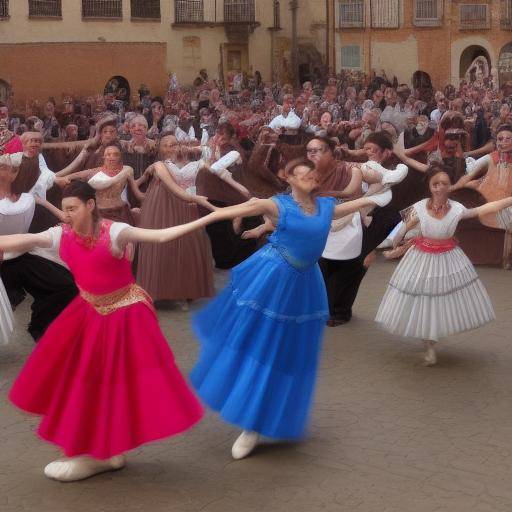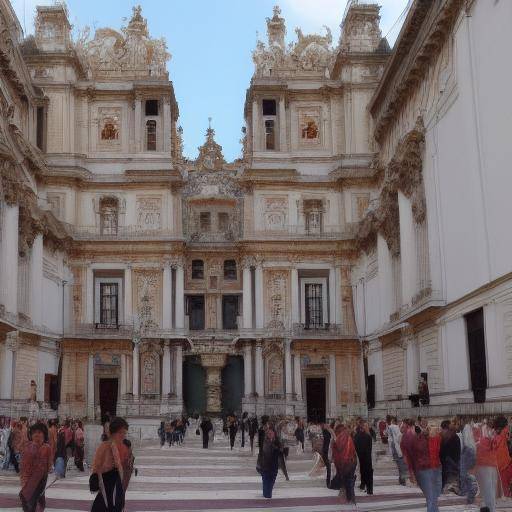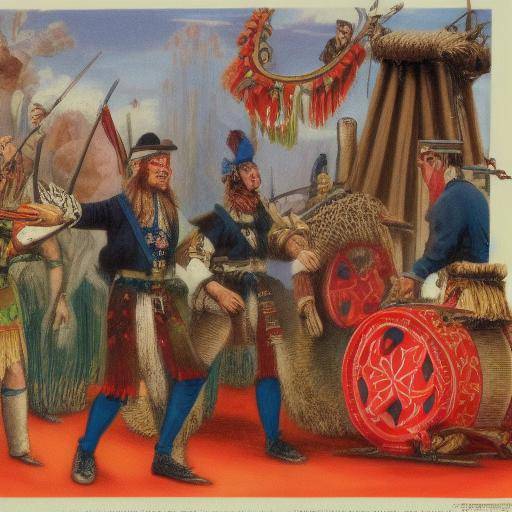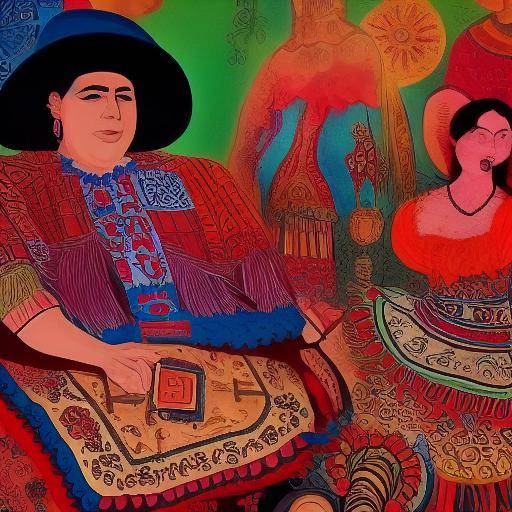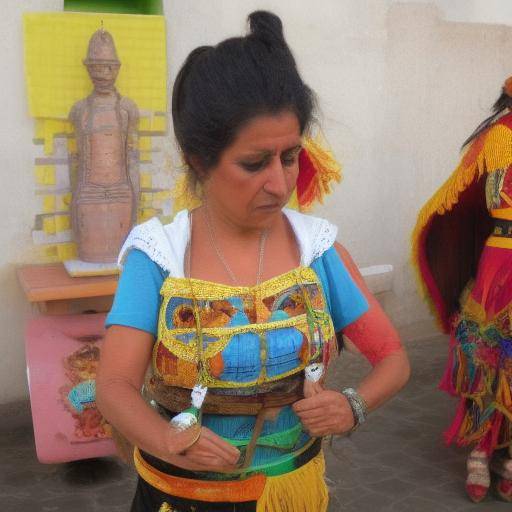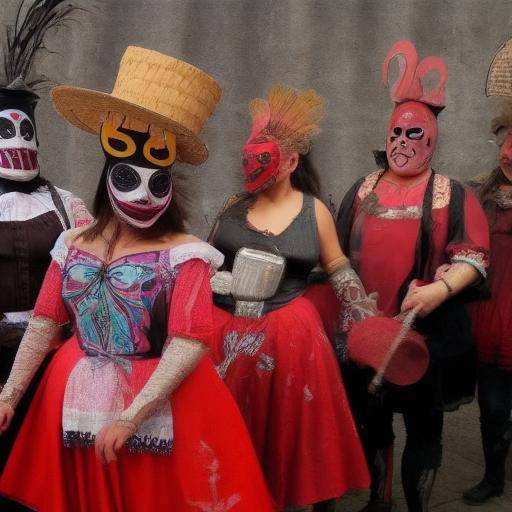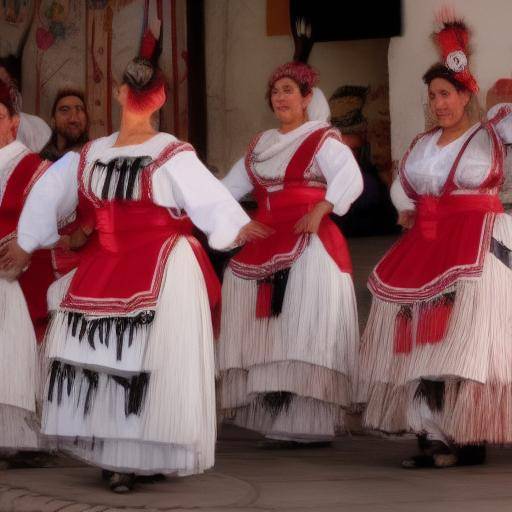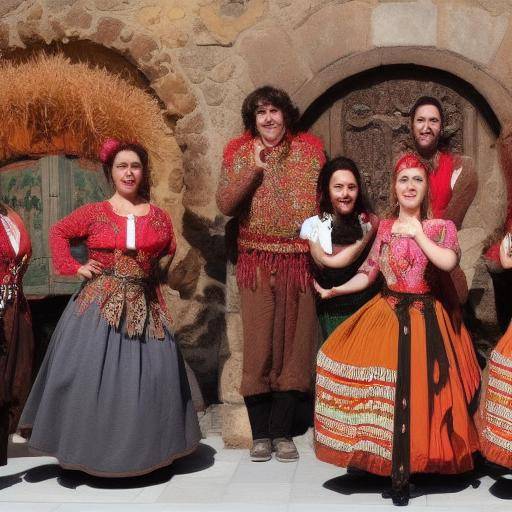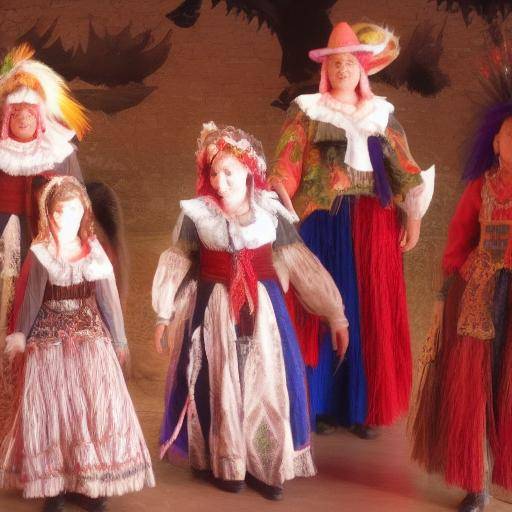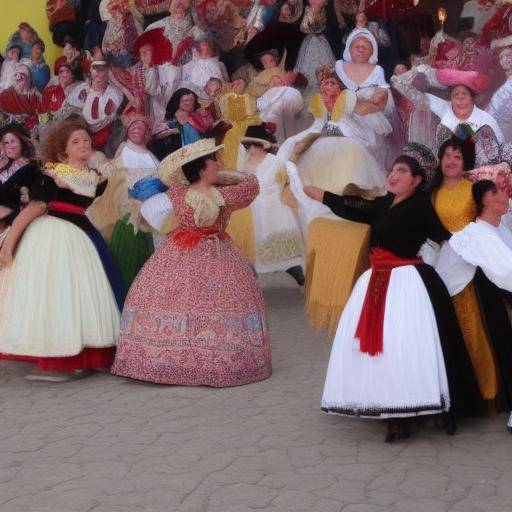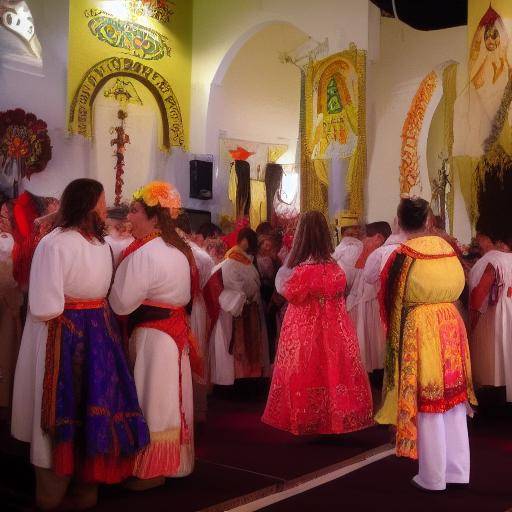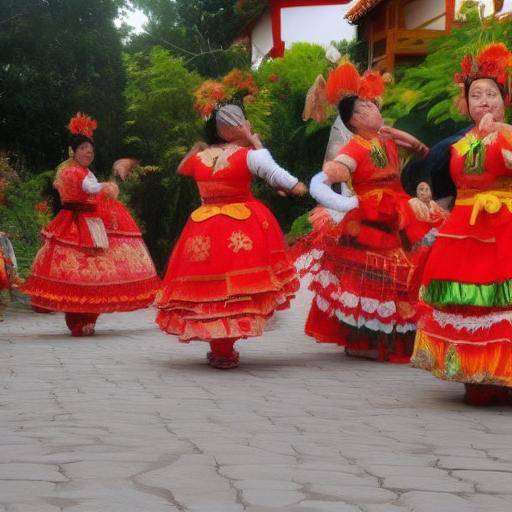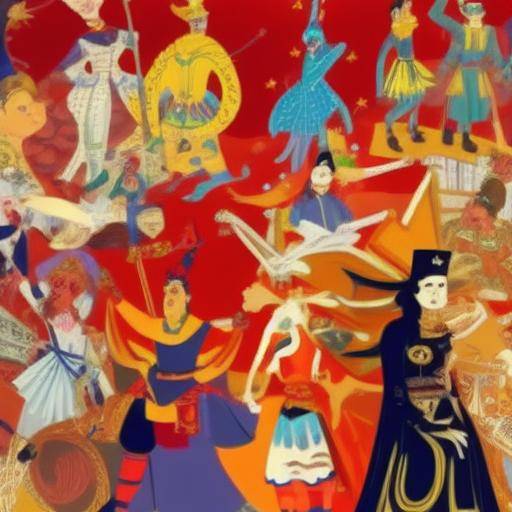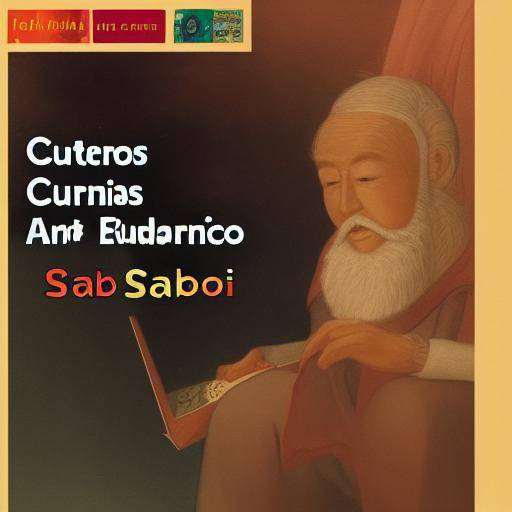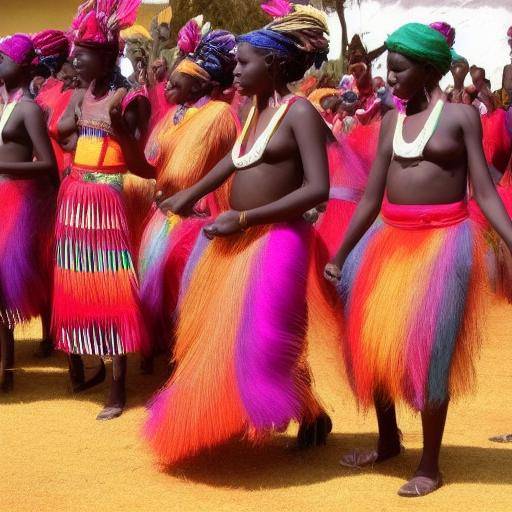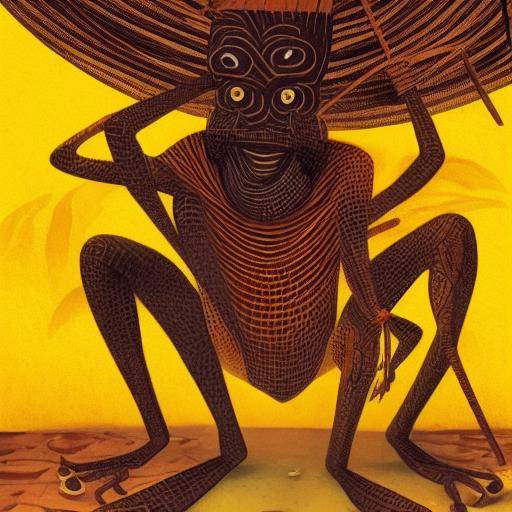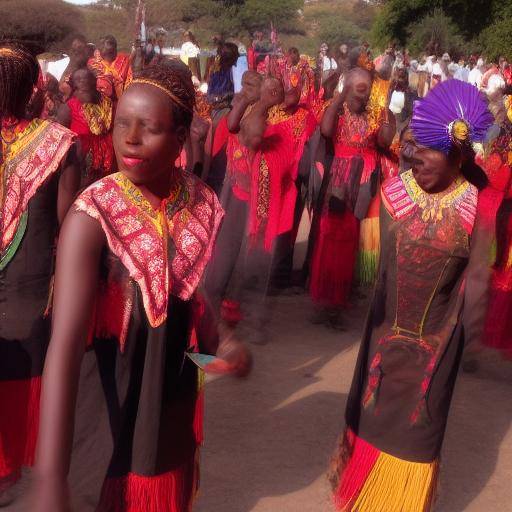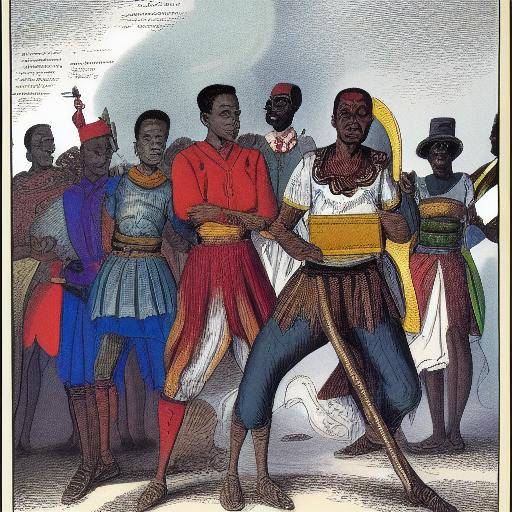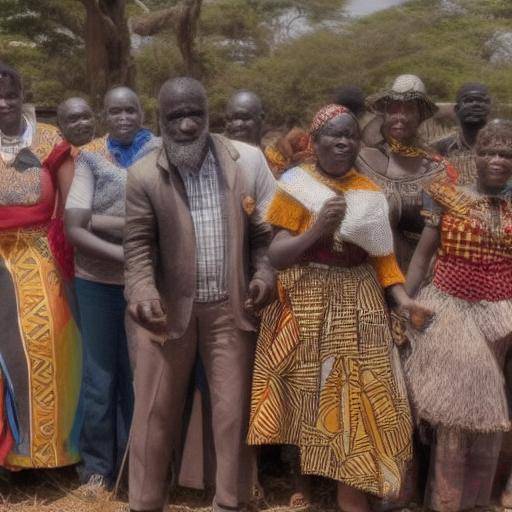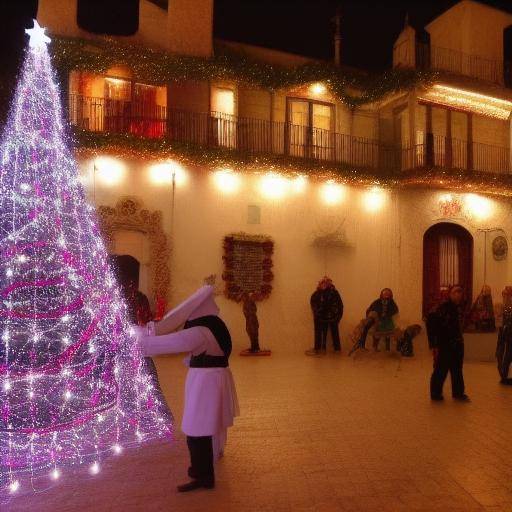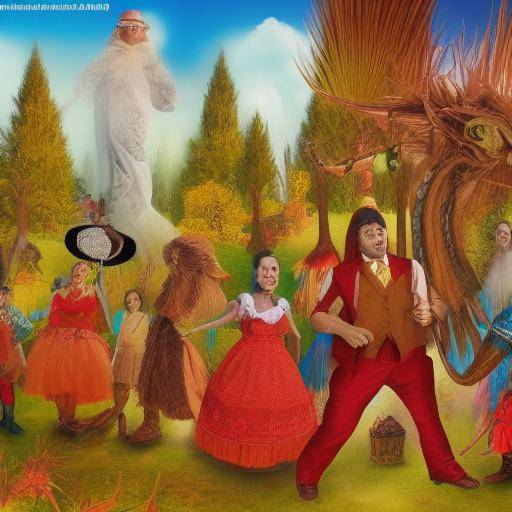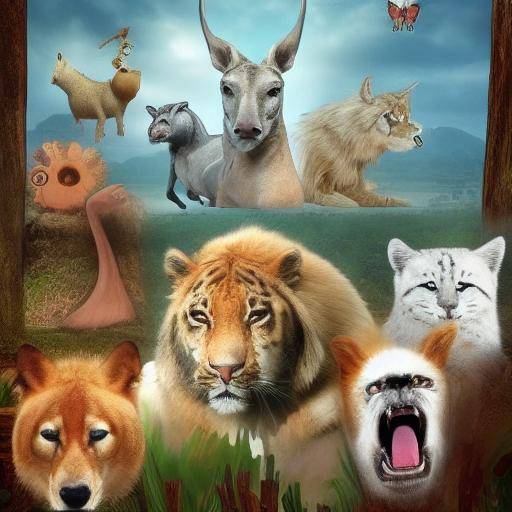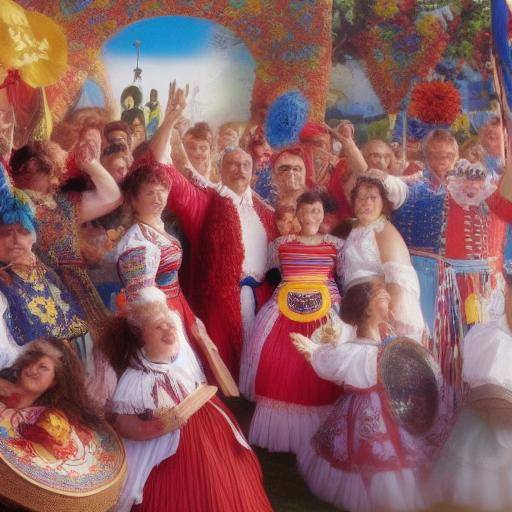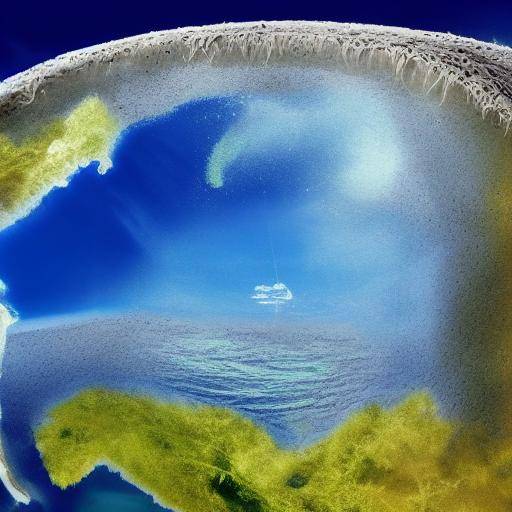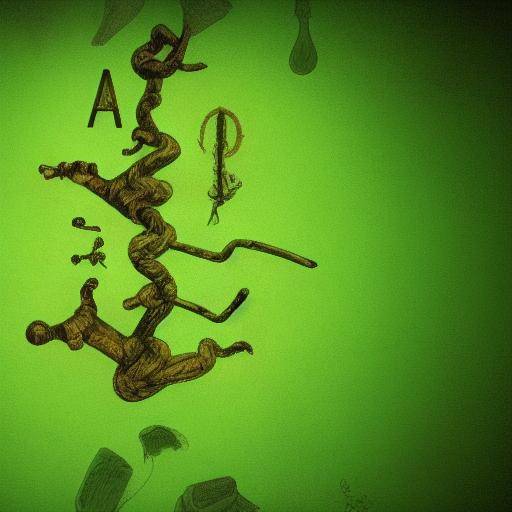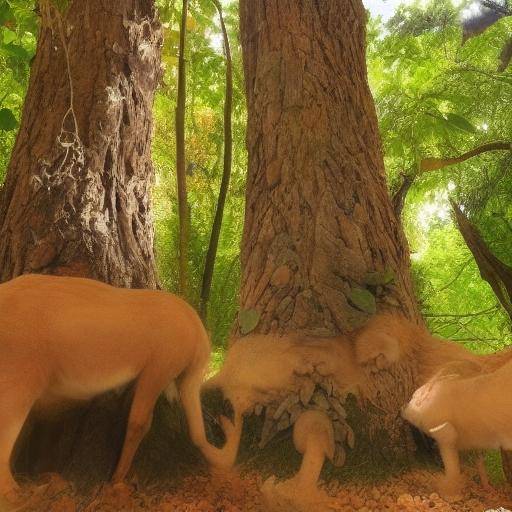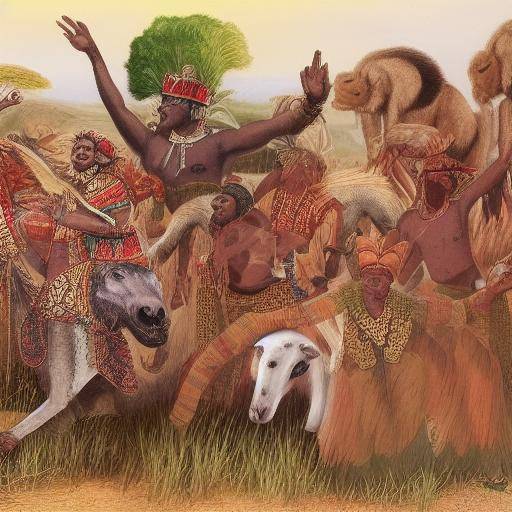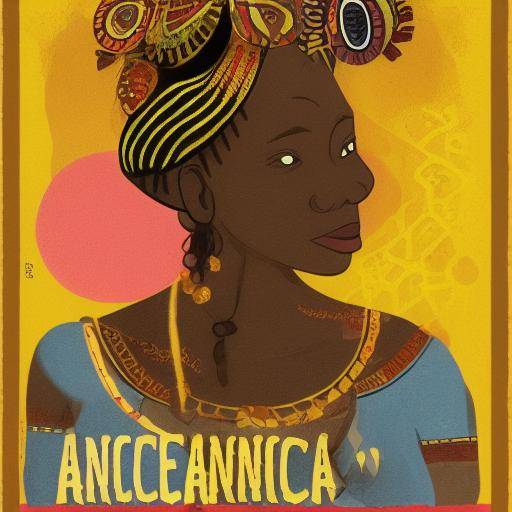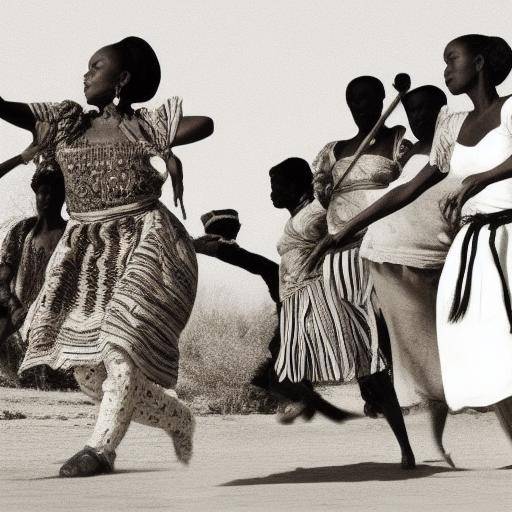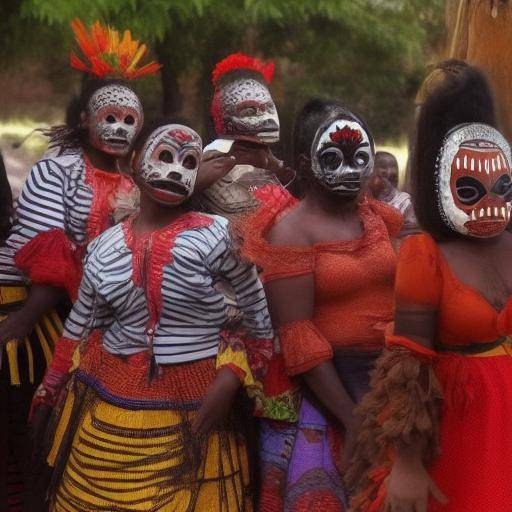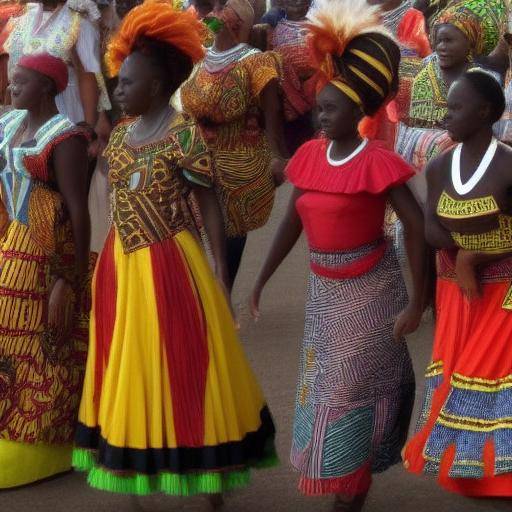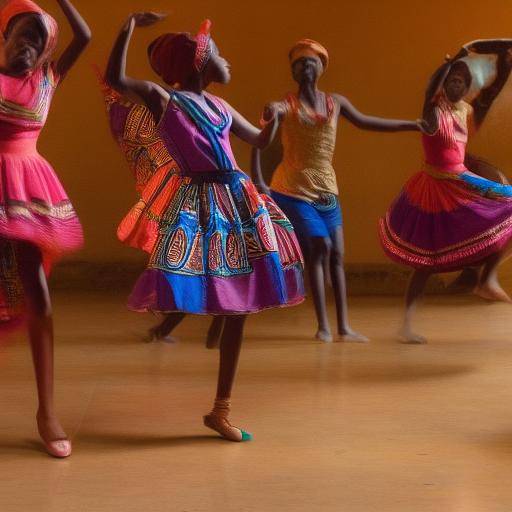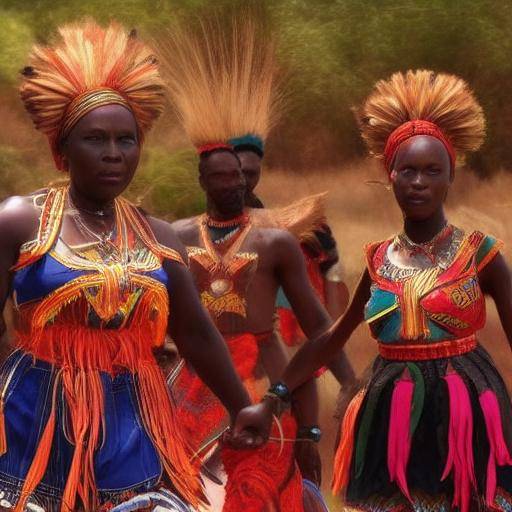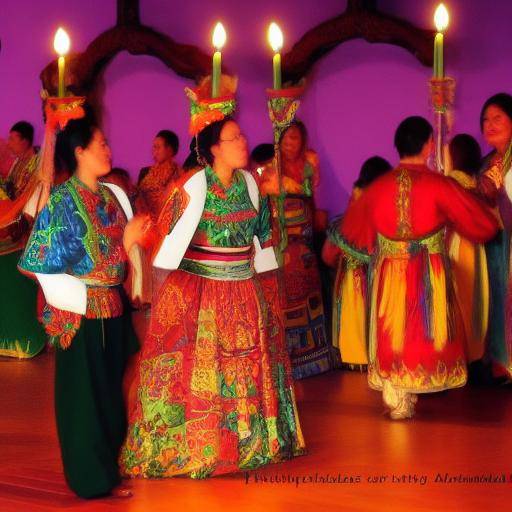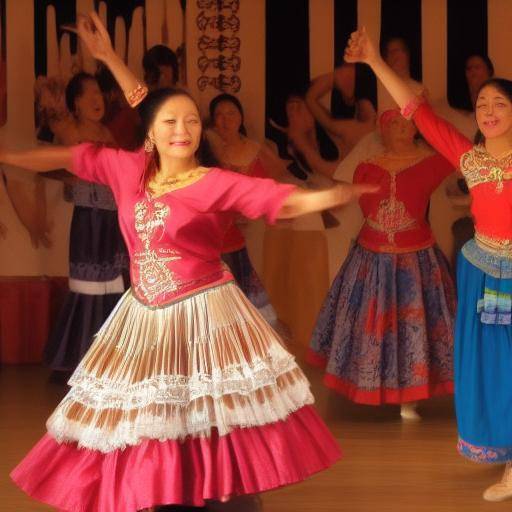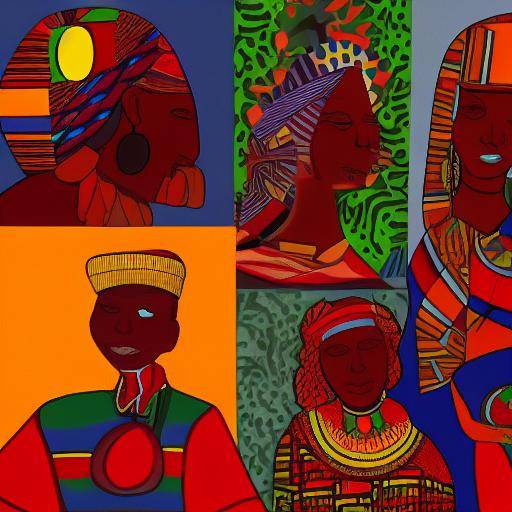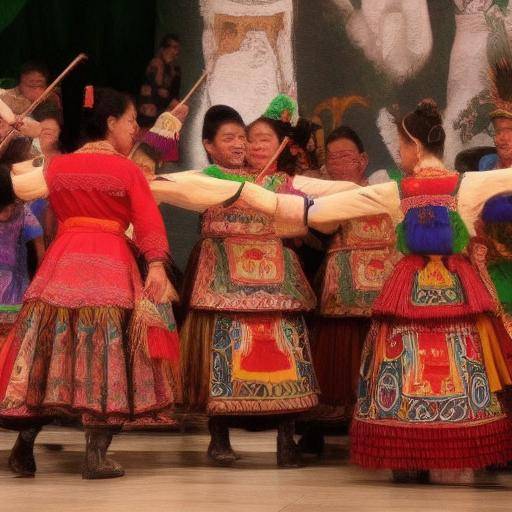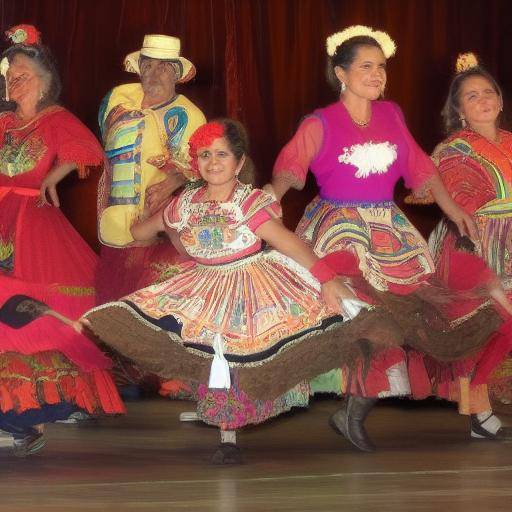
Introduction
Latin America is rich in myths and legends that have been transmitted over generations, enriching the folklore of the region. These stories come to life through oral traditions, artistic expressions and rituals, representing the soul and cultural identity of Latin American peoples. In this article, we will explore the fascinating tradition of myths and legends in Latin America, their cultural importance, and the relevance they still hold today.
History and Background
Latin American myths and legends have their roots in ancient pre-Columbian civilizations, such as Aztecs, Incas, Mayas, and other indigenous cultures that populated the continent before the arrival of Europeans. These stories reflect the deep connection of these civilizations with nature, gods, and the universe, as well as their beliefs about the origin of the world and the meaning of life.
With Spanish colonization, indigenous traditions were interwoven with European beliefs and mythologies, creating a rich amalgam of stories that were transmitted from generation to generation. Thus, myths and legends emerged that combined ancient figures of indigenous mythology with the influence of European culture, enriching the cultural acquis of Latin America.
Detailed Analysis
Latin American myths and legends have an invaluable value in the understanding of the worldview and the idiosyncrasy of the societies of the region. These stories contain moral teachings, explanations of natural phenomena, and the transmission of collective memory, often accompanied by heroic figures, fantastic beings, and mystical events that capture the imagination of those who listen to them.
In addition, Latin American folklore has influenced various artistic manifestations, from literature and music, to cinema and visual arts. Many artists have found inspiration in these stories, reinterpreting them and reviving their meaning in contemporary times.
Exhaustive examination
Latin American legends transcend temporary and geographical barriers, being preserved in different regions and adapted to local realities. In addition, myths and legends have been a central element in the configuration of Latin American cultural identity, reinforcing the importance of its preservation and dissemination.
Comparative analysis
By comparing myths and legends with the broader concept of Latin American folklore, we can appreciate how traditional stories intertwine with other cultural expressions, such as musical folklore, traditional dances, popular holidays, among other manifestations. This illustrates the richness and diversity of the region's cultural heritage.
Practical Tips and Accessible Recommendations
If you want to deepen your knowledge about Latin American myths and legends, we recommend that you explore different sources of information, such as specialized books, documentaries, ethnographic museums, and, in the specific case of indigenous legends, go to original communities to delve into their stories in an authentic and respectful way.
Industry Perspectives and Expert Reviews
In the academic sphere, anthropologists, historians, and scholars of Latin American culture have contributed significantly to the study and safeguarding of these cultural treasures. His research and publications have served to value and preserve the wealth of Latin American folklore.
Case Studies and Real Life Applications
Various projects of rescue and diffusion of Latin American folklore have allowed their continuation and adaptation in contemporary society, promoting the valuation of traditions and the strengthening of cultural identity in the region.
Future Trends and Predictions
As Latin American communities evolve and face challenges of globalization and cultural change, it is crucial that the preservation of myths and legends be continued to be promoted as a way of keeping alive the cultural wealth of the region.
Conclusions and FAQs
In conclusion, the myths and legends of Latin American folklore represent an invaluable legacy that transcends time and space, enriching the cultural identity of Latin America and offering a window to the past and the collective imagination of its peoples.
FAQS
1. What is the difference between a myth and a legend?
Myths often narrate stories about supernatural gods, heroes or events, while legends are more linked to historical facts, real characters or local events.
2. What role do myths and legends play in today's society?
In addition to preserving historical memory and cultural values, myths and legends remain a source of creative inspiration in literature, cinema and other artistic expressions.
3. What impact do Latin American legends have on popular culture?
Latin American legends have influenced numerous artistic manifestations, becoming iconic elements that shape the cultural identity of the region.
4. How are myths and legends traditionally transmitted in Latin America?
In general, myths and legends are transmitted orally, through narrators, musicians and community leaders, keeping alive the tradition of generation to generation.
5. What teachings do Latin American myths and legends provide?
These stories convey values, cosmetics and ethical precepts that enrich the understanding of the world and society, providing lessons that transcend time.
6. How can Latin American myths and legends be preserved and disseminated?
Support for research projects, the creation of educational materials and the promotion of cultural events are key to preserving and disseminating these fascinating narratives for future generations.
External Sources
To deepen understanding of the myths and legends of Latin American folklore, we recommend reviewing the following resources:
- National Museum of Anthropology (Mexico) - https://www.mna.inah.gob.mx/
- National Library of Uruguay - https://www.bibliotecanacional.gub.uy/
- Photo Center (Peru) - https://www.centrodelaimagen.perucultural.org.pe/
The legacy of myths and legends of Latin American folklore is a valuable heritage that deserves to be appreciated, preserved and disseminated for generations to come. These fascinating narratives continue to fuel the cultural identity of the region and enrich the collective imagination of Latin America.

